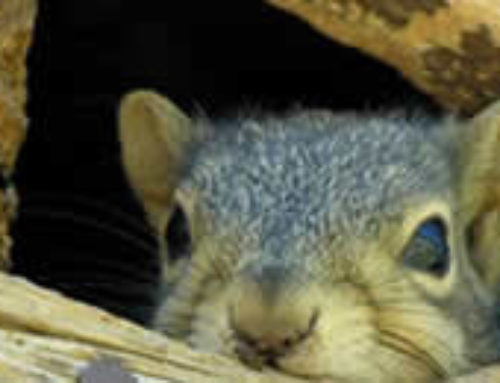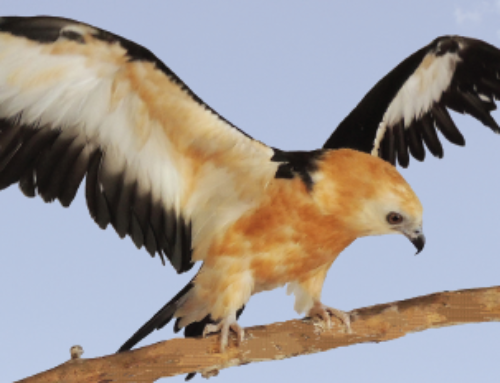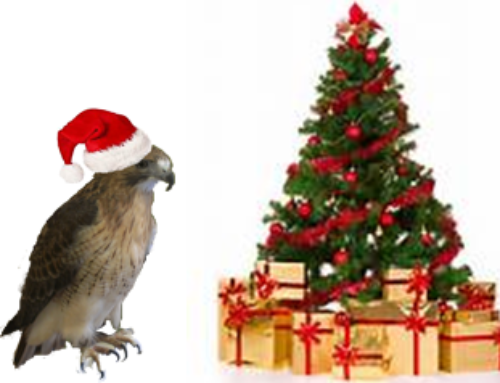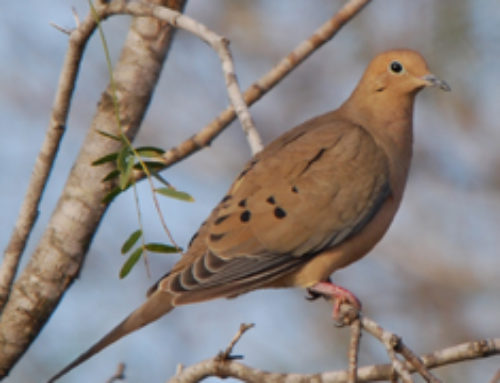The Peregrine Falcon loved city life. It ran in his family, he was born high atop the U.S. Bank building in Milwaukee, Wisconsin during the spring of 2007. Humans banded his leg before he could fly on May 31st, the band read (b/g) E/43, but the researchers called him Samson. He grew strong and learned to fly. He beat the average mortality rate of 60 – 70% during the first year. He was sexually mature the spring of 2008, but because he had established a bountiful territory, he probably waited until his second year to mate. We’ll never know the astounding aerobatics he performed to attract her, but we know that she probably accepted his proposal of lifelong devotion by flying upside down to accept a gift of prey from his talons.
 In April of 2009, Samson and his mate appeared at a next box constructed on the top of the Engineering and Mechanical Sciences Building on the campus of the University of Wisconsin – Milwaukee. We know this because the nest box was constantly monitored via webcam. The nest box was constructed at that site a year earlier in hopes that peregrines would eventually make use of it. Over the course of several days, Samson’s mate laid 4 eggs. You can only imagine how excited the students of the University of Wisconsin and researchers were as they followed the family’s progress. Mom incubated the eggs, but sometimes Samson took a turn. The eggs began to hatch on May 16. All four of the chicks survived and flourished. On June 8, the humans came and banded the legs of all of his offspring. They grew strong and fledged – the circle was complete.
In April of 2009, Samson and his mate appeared at a next box constructed on the top of the Engineering and Mechanical Sciences Building on the campus of the University of Wisconsin – Milwaukee. We know this because the nest box was constantly monitored via webcam. The nest box was constructed at that site a year earlier in hopes that peregrines would eventually make use of it. Over the course of several days, Samson’s mate laid 4 eggs. You can only imagine how excited the students of the University of Wisconsin and researchers were as they followed the family’s progress. Mom incubated the eggs, but sometimes Samson took a turn. The eggs began to hatch on May 16. All four of the chicks survived and flourished. On June 8, the humans came and banded the legs of all of his offspring. They grew strong and fledged – the circle was complete.
We know that Samson migrated to Houston for the winter because he was delivered to the WR&E Wildlife Center extremely emaciated. Triage found a badly damaged wing. Digital x-ray examination indicated that there were three fractures of the wing between the “wrist” and “elbow”. The fragments were realigned and the wing was wrapped. The prognosis is mixed, he will live, but the chances that he will regain full use of the wing are slim. WR&E will ensure he has a good life with us as an Education Ambassador or is placed with a well respected zoo.
But what happened to his mate? Mated pairs usually travel together, but if they don’t it is usually the male that doesn’t migrate. So it is safe to say she probably is here somewhere. Was she watching as her mate was scooped from the ground by a human? Even if the nesting box is used again this spring, we won’t know if it is her because she wasn’t banded. But we can hope.
The Peregrine Falcon was considered extinct east of the Mississippi during the mid-60’s. Efforts to reintroduce peregrine falcons, especially in urban areas where pigeons are plentiful have been very successful. For more information about this effort in general and Samson in particular, visit the University of Wisconsin.
Click here for more information
Click here for more information






Leave A Comment